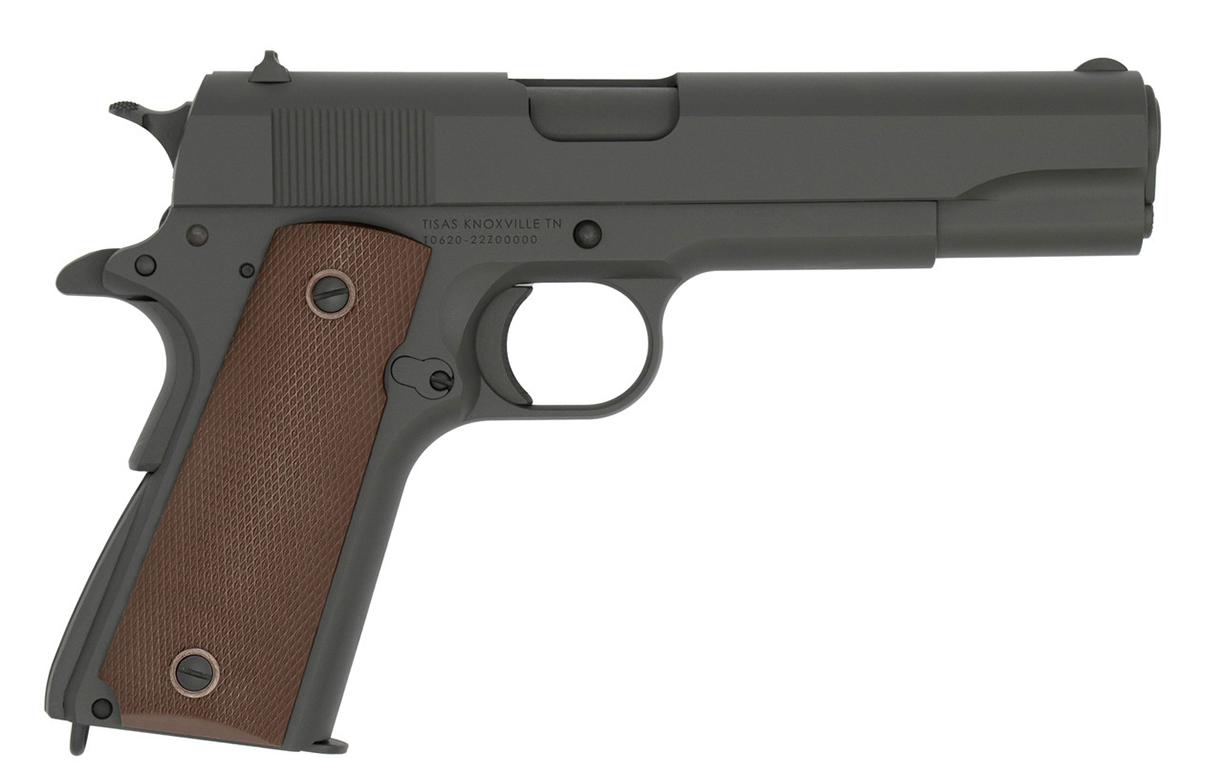Jim Watson
New member
A tube through a flat plate seems not a good choice for MIM. It looks like what contractors have been fabricating for many years.
Biggest change was between 2022 an 2023. They changed as they used up parts on hand to there is no single date. But by 2023 dated guns almost everything was forged.I think literally every part in the M1911 was a machined forging.
Specs were changed on some parts over time- cast slide stops were allowed in the '80s!
Advertising says every part in a new Tisas 1911 is machined, no cast or MIM, but I don't know when that change was made.
Forging is how the receivers of M1 Garands were made. Old School durability.Biggest change was between 2022 an 2023. They changed as they used up parts on hand to there is no single date. But by 2023 dated guns almost everything was forged.
Whose specs were changed in the 1980s? The last USGI M1911A1s were manufactured in 1945.RickB said:I think literally every part in the M1911 was a machined forging.
Specs were changed on some parts over time- cast slide stops were allowed in the '80s!
To my surprise, I discovered that the original Ordnance Department design for the guide rod was a one-piece fabrication -- but hollow. I always thought the guide rod and head were a press fit through the flange.
Actually I understand the reprofile is from the larger opening to the original GI specs.Yes but...
Tisas M1911 A1 CMP Specs:
Caliber: 45 ACP
Barrel Length: 5 Inches
Accurate reproduction of WWII issued 1911
United States Property marked
Manganese Phosphate Slide, Frame & small parts
Reprofiled Ejection Port
Type E Hammer
(2) 7 round magazines
(2) sets of grips including Accurate reproduction brown plastic grips, and walnut double diamond checkered grips
MSRP: $479.99
Why, oh why can't they cut a GI ejection port? Shouldn't Imitation Army Surplus be as correct as possible short of using other companies' trademarks?

That image is a 2022 pistol. They simply used an old stock photo it seems and no one caught the error. Look at the serial number. The two digits after the dash are the year code.I see the comment but the picture shows the usual barn door opening.
